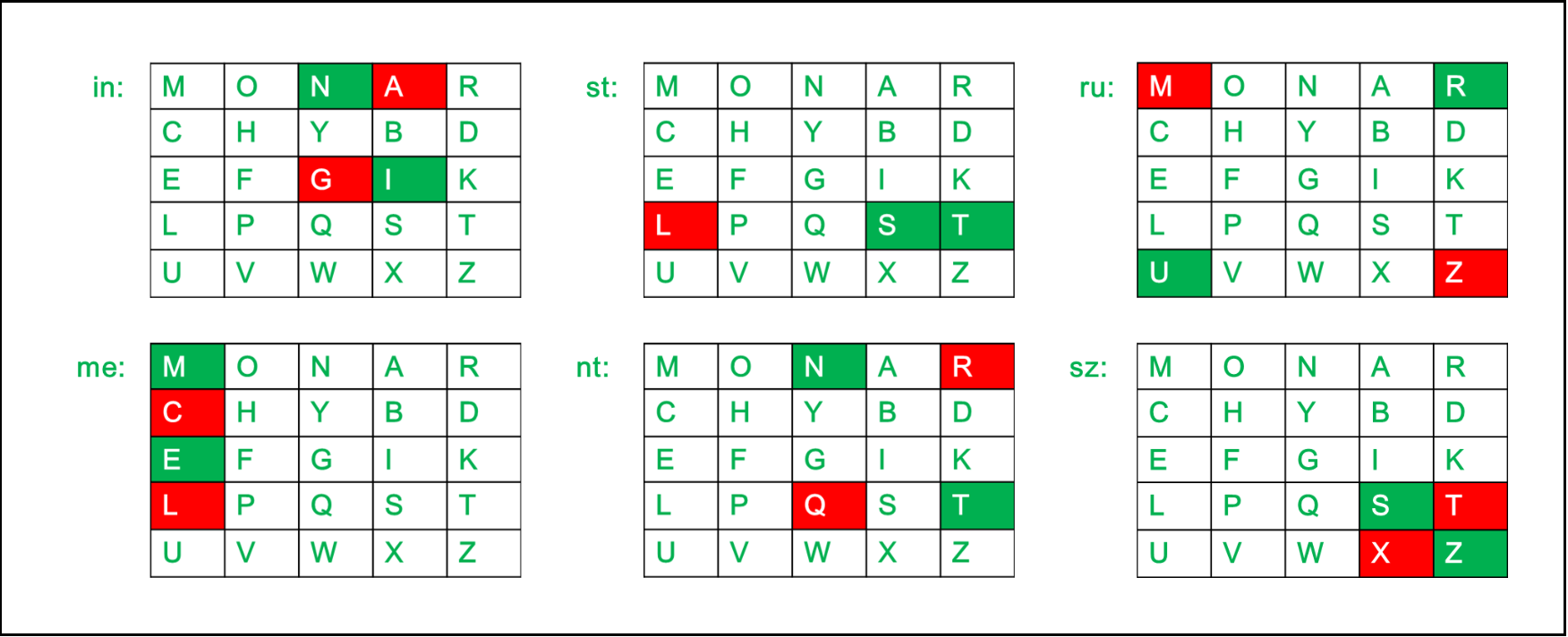

Instead of shifting the alphabets by some number, this scheme uses some permutation of the letters in alphabet.įor example, A.B….Y.Z and Z.Y……B.A are two obvious permutation of all the letters in alphabet. It is an improvement to the Caesar Cipher. An attacker can carry out an exhaustive key search with available limited computing resources.

To decrypt a message encoded with a Shift of 3, generate the plaintext alphabet using a shift of ‘-3’ as shown below −Ĭaesar Cipher is not a secure cryptosystem because there are only 26 possible keys to try out. Hence the ciphertext ‘WXWRULDO’ is decrypted to ‘tutorial’. He then replaces the ciphertext letter by the plaintext letter on the sliding ruler underneath. On receiving the ciphertext, the receiver who also knows the secret shift, positions his sliding ruler underneath the ciphertext alphabet and slides it to RIGHT by the agreed shift number, 3 in this case. Here is the ciphertext alphabet for a Shift of 3 − In this case, the plaintext ‘tutorial’ is encrypted to the ciphertext ‘WXWRULDO’. The result of this process is depicted in the following illustration for an agreed shift of three positions. The plaintext letter is then encrypted to the ciphertext letter on the sliding ruler underneath. In order to encrypt a plaintext letter, the sender positions the sliding ruler underneath the first set of plaintext letters and slides it to LEFT by the number of positions of the secret shift. The name ‘Caesar Cipher’ is occasionally used to describe the Shift Cipher when the ‘shift of three’ is used. This number which is between 0 and 25 becomes the key of encryption. The concept is to replace each alphabet by another alphabet which is ‘shifted’ by some fixed number between 0 and 25.įor this type of scheme, both sender and receiver agree on a ‘secret shift number’ for shifting the alphabet. This cryptosystem is generally referred to as the Shift Cipher. It is a simplest form of substitution cipher scheme. It is a mono-alphabetic cipher wherein each letter of the plaintext is substituted by another letter to form the ciphertext. In general, a cipher is simply just a set of steps (an algorithm) for performing both an encryption, and the corresponding decryption. These earlier cryptographic systems are also referred to as Ciphers. Unlike modern systems which are digital and treat data as binary numbers, the earlier systems worked on alphabets as basic element. The only security service these systems provide is confidentiality of information. Earlier Cryptographic Systemsīefore proceeding further, you need to know some facts about historical cryptosystems −Īll of these systems are based on symmetric key encryption scheme. In this chapter, we discuss this technique further and its applications to develop various cryptosystems. One of these tools is the Symmetric Key Encryption where the key used for encryption and decryption is the same. We equated cryptography with a toolkit where various cryptographic techniques are considered as the basic tools. ' FB 1.05.In the second chapter, we discussed the fundamentals of modern cryptography. ⍝⍝⍝⍝ Utility functions ⍝ convert to uppercase UpCase ← V orig = ‘Hide the gold in.the TREESTUMP!!!’ V playfair = Playfair(‘Playfair example’) R partition(canonicalize(encoded), 2).map(p -> ’) V m = partition(uniq(canonicalize(key‘ABCDEFGHIJKLMNOPQRSTUVWXYZ’)), 5)


 0 kommentar(er)
0 kommentar(er)
